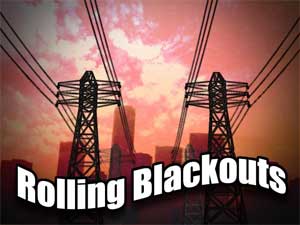UPDATE: Demand Response Helped Texas Avoid Rolling Blackouts in the Face of Polar Vortex

Good news for clean energy in Texas!
The Electric Reliability Council of Texas (ERCOT), Texas’ power grid operator, presented a report to its Board of Directors this week confirming what we already knew: demand response is a worthwhile investment that strengthens Texas’ power grid.
Demand response is an innovative tool used by utilities to reward people who use less electricity during times of peak, or high, energy demand. In effect, demand response relies on people, not power plants, to meet the demand for energy. And on January 6th when the Polar Vortex hit Texas, it did just that.
Demand response kept the lights on in Texas by providing more than 600 megawatts of power to the electric grid within 45 minutes. Again on January 18th, demand response came to the power grid’s rescue, when a malfunctioning power plant failed to provide electricity despite mild temperatures and fairly low power demand. As noted before, this report highlights events that occurred during the winter of this year, at a time when Texans do not typically expect the power grid to be strained, unlike the summer. This means that a reduction in energy use – or negawatts – was able to stabilize the electric grid such that blackouts were avoided.
As shown in the report, ERCOT’s Emergency Response Service is a reliability mechanism used during extreme events when the power grid is at risk of rolling blackouts. Part of the program is the procurement of demand response, which was only in the pilot phase last year, but has now been formally adopted. This program was utilized during the extreme weather events this winter and relied on the participation of hundreds of Texas businesses, schools, local governments and individuals.
Having this performance data gives us proof that demand response is an integral tool for the electric grid. Plus, this technology doesn’t require water, doesn’t pollute, and gives individuals power over their energy use in a refined and personalized way. As this innovative technology continues to be a verified market force, we will see reliance on it increase and the consequences of our dirty energy infrastructure decrease.
This content originally appeared on our Texas Clean Air Matters blog.










